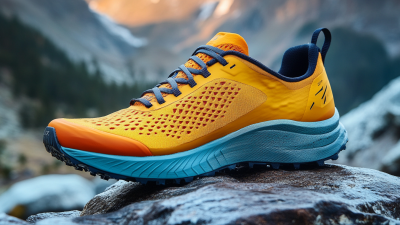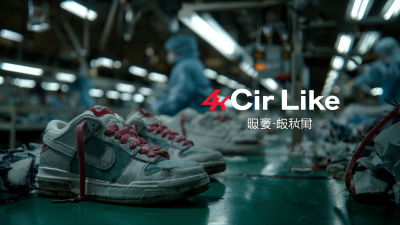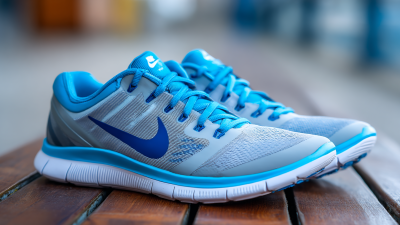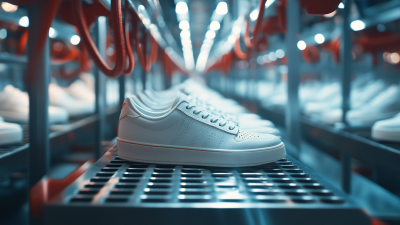
In today’s outdoor adventure landscape, the choice of footwear is crucial for both performance and safety, making the selection of the right Hiking Running Shoes more important than ever. According to a recent report by the Outdoor Industry Association, over 50% of outdoor enthusiasts now engage in multi-sport activities, intertwining hiking and running to enhance their experience. This growing trend emphasizes the need for versatile footwear that can handle diverse terrains and varying weather conditions.
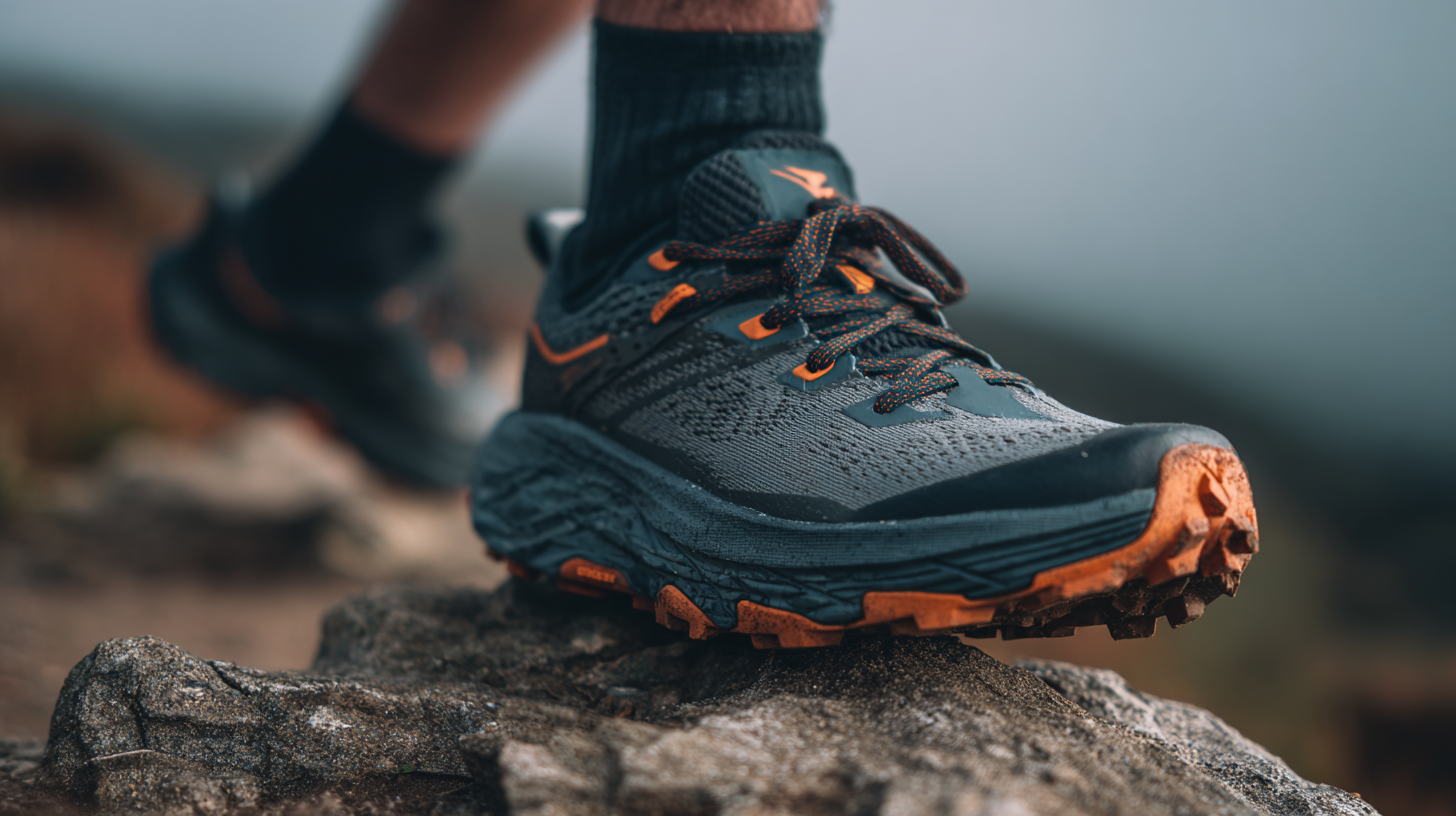 The right pair of Hiking Running Shoes not only improves agility and comfort but also minimizes the risk of injuries, as studies suggest that nearly 70% of outdoor injuries are related to inadequate footwear. With advancements in technology and design, these shoes are crafted to support both hiking and running needs, providing crucial traction, cushioning, and durability.
This guide will help you navigate the myriad options available and find the perfect pair for your outdoor escapades.
The right pair of Hiking Running Shoes not only improves agility and comfort but also minimizes the risk of injuries, as studies suggest that nearly 70% of outdoor injuries are related to inadequate footwear. With advancements in technology and design, these shoes are crafted to support both hiking and running needs, providing crucial traction, cushioning, and durability.
This guide will help you navigate the myriad options available and find the perfect pair for your outdoor escapades.
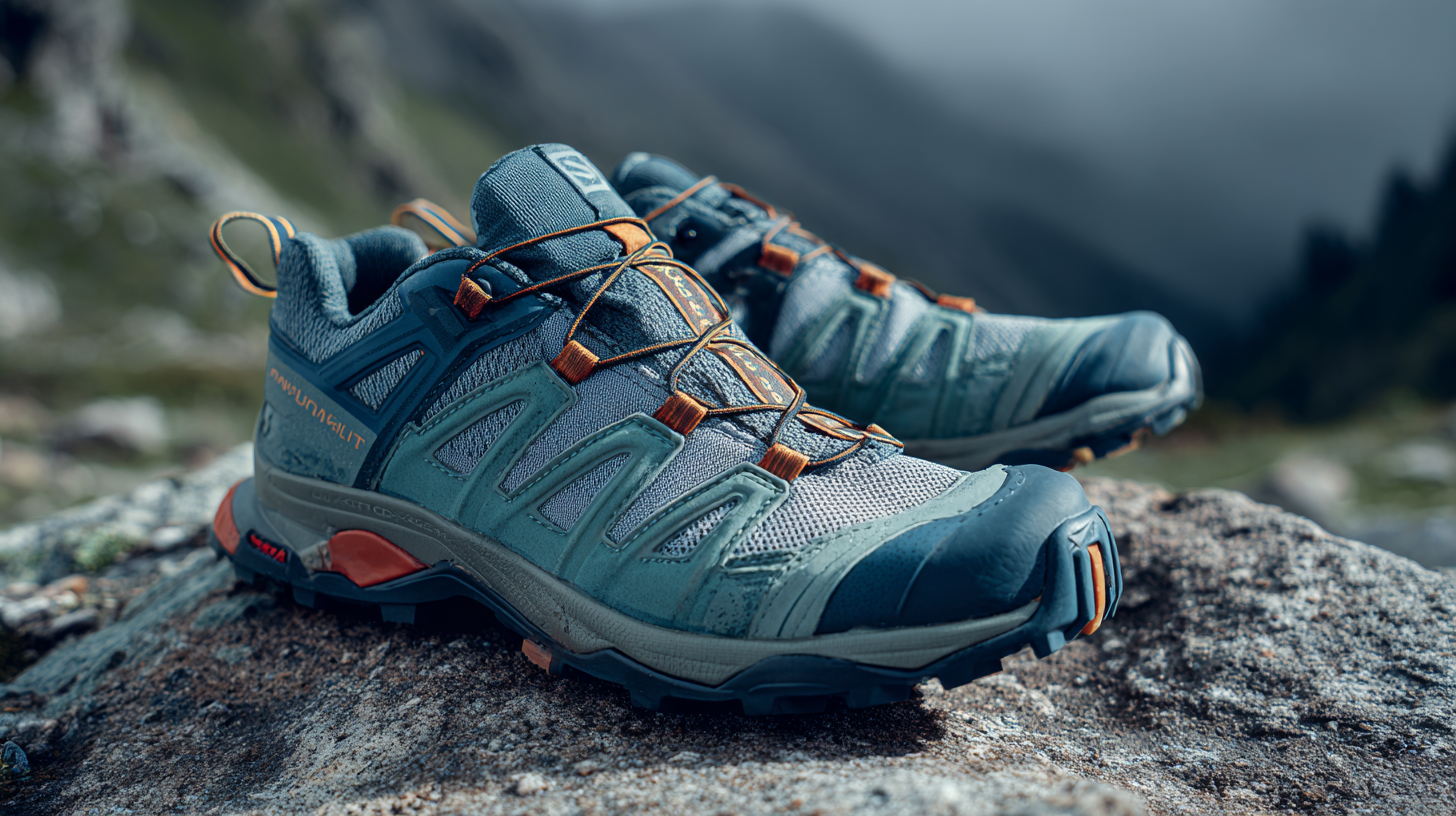 When choosing hiking running shoes, it's essential to consider several key features that can significantly enhance trail performance. A recent report by the Outdoor Industry Association indicated that nearly 60% of hikers prioritize comfort and support in their footwear. This begins with a well-cushioned midsole that can absorb impact and provide stability on uneven terrain. Look for shoes with advanced cushioning technologies, such as EVA foam or proprietary blends, which can make long-distance runs on trails much more manageable.
When choosing hiking running shoes, it's essential to consider several key features that can significantly enhance trail performance. A recent report by the Outdoor Industry Association indicated that nearly 60% of hikers prioritize comfort and support in their footwear. This begins with a well-cushioned midsole that can absorb impact and provide stability on uneven terrain. Look for shoes with advanced cushioning technologies, such as EVA foam or proprietary blends, which can make long-distance runs on trails much more manageable.
Additionally, traction is vital for maintaining grip on slippery or rocky surfaces. According to a study by the International Footwear Association, shoes with rubber outsoles and multi-directional lugs outperform others by 25% in terms of slip resistance. Incorporating designs that facilitate drainage, such as grommets or mesh uppers, can also be beneficial for wet conditions, allowing quick drying and reducing weight. By focusing on these features—cushioning, traction, and water resistance—you can select the perfect hiking running shoes that will not only enhance performance but also ensure your safety and comfort on outdoor adventures.
When embarking on long-distance runs, the significance of cushioning and support in your hiking running shoes cannot be overstated. Adequate cushioning absorbs impact, reducing the strain on your joints during prolonged activities. This is particularly important when navigating uneven terrain, where each step can vary in force and angle. A shoe with effective cushioning allows you to maintain comfort over extended distances, preventing fatigue and mitigating the risk of injury, such as shin splints or knee pain.
Support is equally crucial for ensuring a safe and enjoyable running experience. A well-designed shoe should offer stability, especially for those with a pronation issue, where the foot rolls inward excessively. Proper arch support can help maintain proper alignment of your feet, which translates to better overall posture and balance while running. Shoes that combine both cushioning and support can enhance your performance and enjoyment on the trails, allowing you to focus on the journey ahead without the distraction of discomfort or potential injuries.
When it comes to selecting the best hiking running shoes, durability and value are crucial factors to consider. The market is saturated with various brands, each offering unique technologies to enhance performance. For instance, brands like Salomon and Merrell have established a reputation for their rugged designs and exceptional grip, making them ideal for uneven terrains. Salomon’s Contagrip sole provides outstanding traction, while Merrell’s M Select Fresh technology offers antimicrobial protection, ensuring longevity and comfort during extended use.
On the other hand, brands such as Altra and Hoka One One focus on delivering value through innovative cushioning and support. Altra’s FootShape toe box promotes natural foot positioning, which is particularly beneficial for long hikes. Meanwhile, Hoka’s signature cushioning system absorbs shock effectively, reducing fatigue on tough trails. By weighing these attributes carefully, outdoor enthusiasts can make informed decisions about which hiking running shoes will not only withstand the rigors of the environment but also provide excellent value for their investment over time.
When it comes to choosing the right hiking running shoes, understanding the type of terrain you'll be traversing is crucial. Different terrains pose unique challenges, and selecting footwear specifically designed to handle these conditions can significantly enhance your outdoor experience. For instance, rocky trails require shoes with sturdier protection and better traction to prevent slipping, while muddy paths benefit from shoes with specialized outsoles that provide grip in wet conditions.
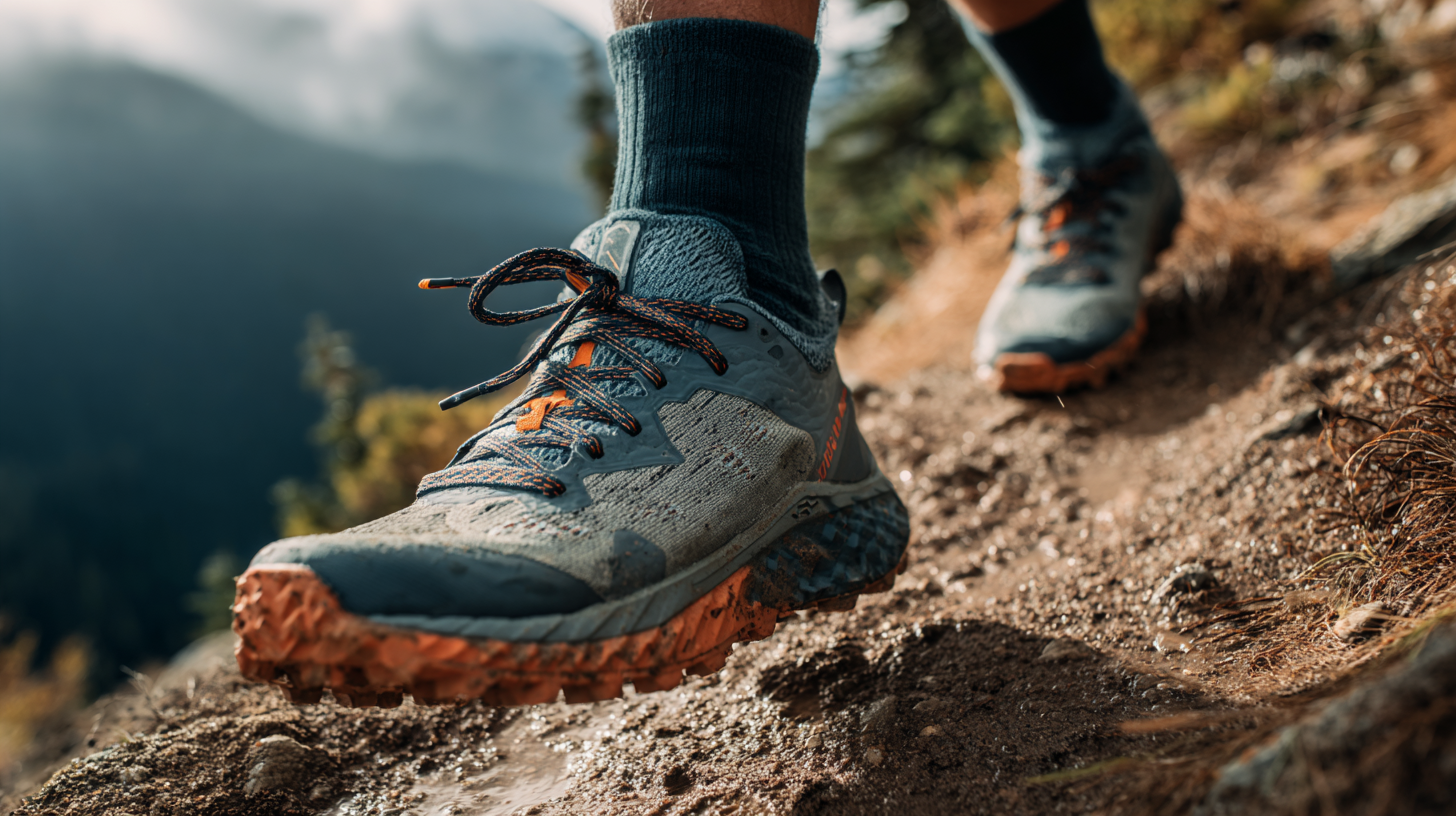
Additionally, the weight and cushioning of your shoes play a vital role based on the terrain. Lightweight shoes are generally preferable for easier, well-maintained trails where agility is prioritized. Conversely, if you're venturing into rugged terrains, investing in shoes with enhanced cushioning can help mitigate the impact on your joints, ensuring comfort during longer hikes. Whether you prefer the flexibility of trail running shoes or the sturdy support of dedicated hiking footwear, it’s essential to choose a pair that can adapt to the specific demands of your adventures.
When investing in high-quality hiking running shoes, proper maintenance is crucial for extending their lifespan. According to a report by the Outdoor Industry Association, quality footwear can significantly improve not only performance but also safety during outdoor activities. With an average cost of $130 per pair, maintaining your shoes can save money in the long run. Regular cleaning and conditioning help prevent dirt buildup and material degradation, which can impair grip and cushioning. Gently removing mud and debris after each use, followed by using a specialized cleaner, can keep the shoes in optimal condition.
Additionally, ensuring proper storage is vital. A survey by Trail Running Magazine found that 60% of runners do not store their shoes correctly, leading to decreased longevity. To maintain form and avoid moisture accumulation, shoes should be kept in a cool, dry place away from direct sunlight. Rotating between multiple pairs not only reduces wear and tear but also allows adequate drying time for each pair. By following these essential maintenance tips, outdoor enthusiasts can enjoy their hiking running shoes for many adventures to come.
